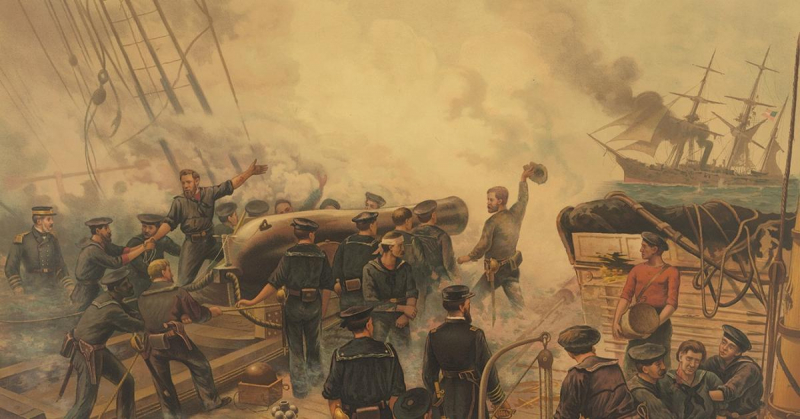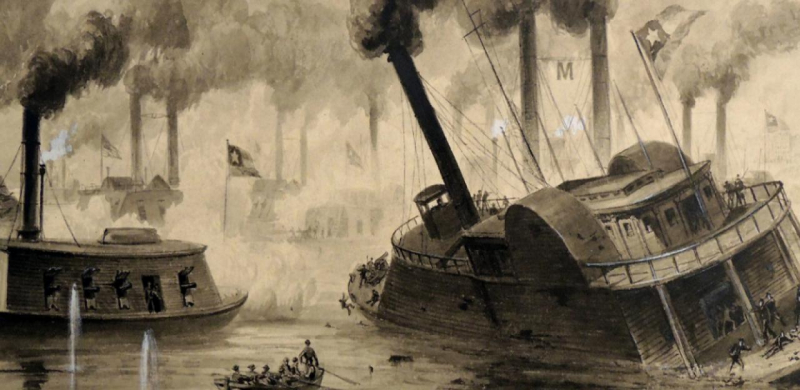Diplomatic naval crises brought the North and Great Britain to the brink of war – twice.

The obsession with foreign intervention in the Confederacy weighed heavily on Abraham Lincoln's mind. The diplomatic naval crises have proved his concerns are in place. The first crisis occurred in November 1861 when a Confederate destroyer intercepted a British mail ship, the RMS Trent, and captured two Confederate envoys en route to Britain to lobby for intervention. In what became known as the Trent Affair, British politicians protested the humiliation and began to build up troops in Canada; American citizens called for war and even Lincoln indulged in some of the clanging of swords in his 1861 State of the Union Address. However, tensions eventually eased when Lincoln ordered the release of the hostages without an apology.
During the diplomatic naval crises, a second crisis occurred when Confederate spies discovered the "Laird Ram" plot in late 1862. The spies confirmed, correctly, that two ships were being built at British harbors for the King of Egypt - sea-going armored ships with rapidly rotating turrets, absolutely the most powerful ships the world had ever seen - were for the Confederacy, in fact. Lincoln, already deeply annoyed with Britain's indiscreet production of other warships for the Confederacy, would not support this potentially balance-changing transaction. He threatened war, forced the British to back down, and bought his ships. The dilemma of the matter, combined with the turn of the Civil War, caused the British to slow down their support for the Confederacy as the war continued. However, an international arbitration court, for the first time in world history, ultimately awarded the United States $15.5 million in compensation for British contributions to the Confederate navy. The UK paid but did not admit guilt. Therefore, diplomatic naval crises became an indispensable name in the list of facts about Civil War Navies.









